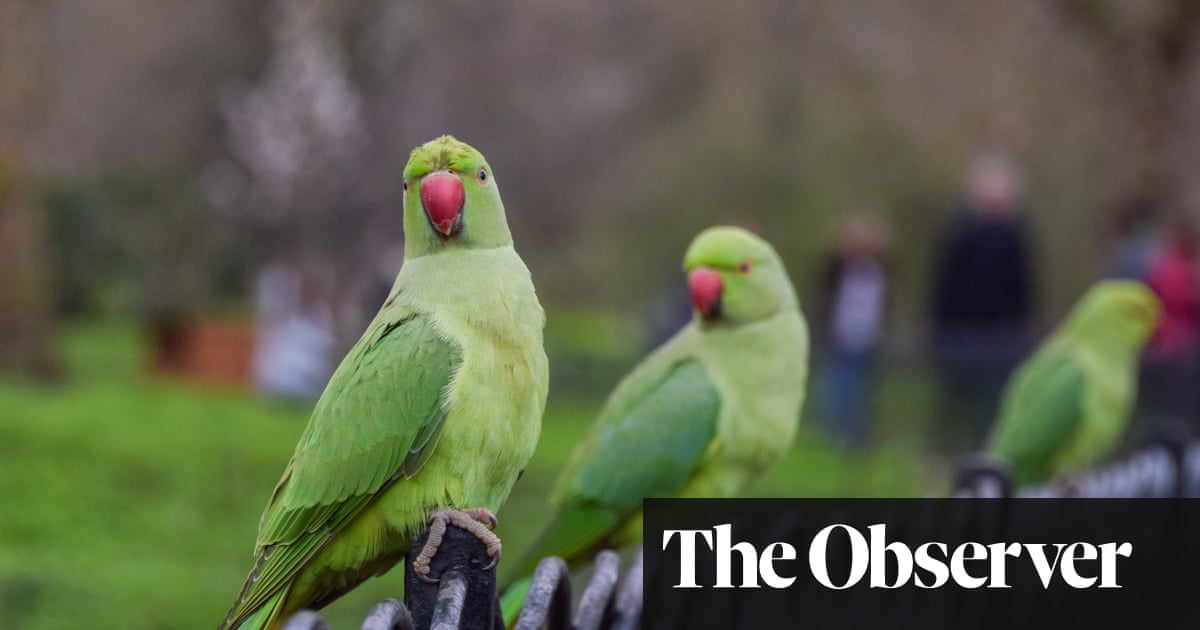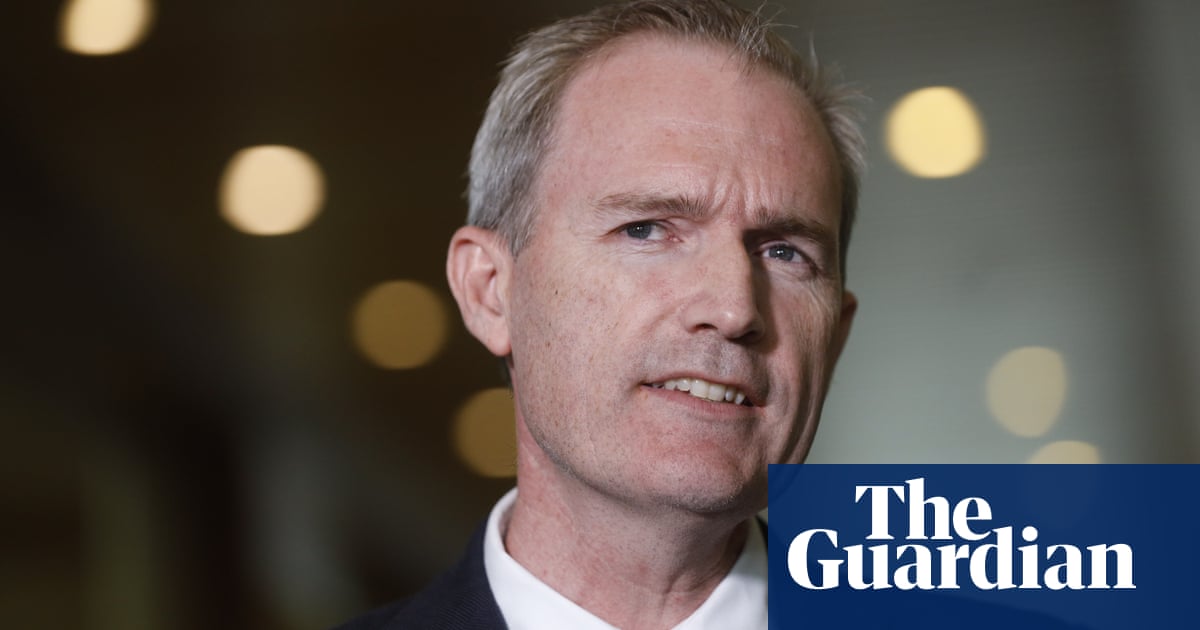In many ways, Shahad Darwish’s life in Michigan is just like anyone else’s. The 23-year-old is studying for a master’s degree in psychology at a local university and helps out at her family’s jewelry business.
But in other ways, it’s very different: Darwish is one of about 3,000 Michigan-based Sabean Mandaeans, followers of John the Baptist – and one of the oldest surviving gnostic religions in the world.
Every July for 36 hours, Darwish and her family observe the Mandaean new year holiday – karsa – where followers stay indoors at home and are forbidden from using running water. She prays daily and once a week goes to the mandi, the Mandaean place of worship where she volunteers. She’s learning to read, write and speak the Mandaean language.
“It’s an important part of our upbringing,” she said.
Mandaeans – who do not consider themselves Christians despite John the Baptist’s reverence for Jesus – lived mostly in towns and cities of southern Iraq, their important religious and cultural customs centering on the Tigris and Euphrates rivers.
But wars in Iraq, including the US-led invasion there in 2003, changed that. About 85% of the community’s estimated population of 70,000 Mandaeans have fled the country, with many moving to neighboring Syria.
“Four guys came to my store [in Baghdad] and stole everything and told me I have to pay [them] otherwise my family and I would be kidnapped,” said Shahad’s father, Bashar Harbi Darwish, who fled Iraq with his family in 2006.
A civil war in Syria that followed a popular uprising in 2011 forced many to move again. This time, they went to Australia, Europe and North America.
Today, Darwish runs a jewelry store in Warren, a suburb of Detroit, where he’s a leading member of one of the largest US-based Mandaean communities.
Despite the traumas it has endured, for him the community is in the midst of a revival.
“After we fled Iraq, we established more than 80 associations all over the world,” Darwish recounted recently. “The number of baptisms we do in Europe every year is maybe 10 times what we did in Iraq before 2003.
“There are five or six Mandaean schools teaching the new generations in Australia, the US and Europe.”
A festival held in Michigan in the summer of 2023 attracted more than 500 Mandaeans from across the US and Canada, and about 150 baptisms were held. The Mandaean community’s religious head, Sattar Jabbar Hilo, flew in from Baghdad to oversee a host of important ceremonies.
That fuels further involvement, according to Bashar. “They want to be baptized and married by the top sheikh,” he said. “It’s a big thing for your reputation.”
He said that to ensure the long-term viability of the community, the Mandaean Association of Michigan had taken measures to involve the community’s younger members.
“Our board of directors is mostly made up of young people, most of them have degrees – they have the ability to do more for our community,” he said.
But while getting out of Iraq and Syria has saved lives, others argue the resettlement strategies adopted by countries receiving Mandaeans has created new problems for the community.
About 15,000 Mandaeans are now thought to live in Australia and Sweden, respectively, with about 12,000 to 15,000 in the US. Several thousand more have been resettled across the Netherlands, Denmark, Canada and elsewhere.
For many now in the US, a new life has oftentimes meant being relocated hundreds of miles from the nearest community members.
“[The US government] saved us from the Islamic fundamentalists in Iraq, but you distributed us to 35 different states,” Suhaib Nashi, the president of the Mandaean Society of America, said. “The families are safe, but how can they maintain their traditions when there are three families in Ohio or Oklahoma?”
He added that the community had been cleansed having survived invasions, wars and forced conversions in Iraq for more than 2,000 years, all the while keeping alive the theology of the Sumerians – the earliest known literate society – with whom they identified long before John the Baptist became their central prophet. He said he had asked US immigration officials: “Don’t distribute us like sand in the air.”
These and other threats to the community’s future, such as forbidding Mandaeans from marrying outside the religion, have roiled fierce internal debate.
“There are the conservative and reform sides conflicting now, and there’s no clear vision of what comes next because this is a fundamental issue,” Nashi said.
Despite the relative calm in Iraq, the Mandaean community, which is thought to number about 7,000 to 10,000 people mostly in the southern regions of the country, continues to be targeted for violence. In March, an attack injured two Mandaeans and damaged a house of worship in Maysan province.
Back in the US, Mandaeans have recorded some measure of success in altering resettlement policies. About 1,500 individuals have been able to move together to the city of Worcester in Massachusetts.
And in Michigan, baptisms are now regularly held in the Clinton River, north of Detroit.
Michigan’s community is preparing for another major gathering in July that is expected to attract Mandaeans from as far away as Sweden, with the number of planned weddings expected to nearly double from six last year.
The change in the air is palpable, Shahad Darwish said.
“In the past two years I’ve noticed the younger generation becoming more involved; they’re showing up to events more, creating new events,” she said. “People hang out at the bowling alley or meet at each other’s houses.
“Before, it wasn’t really like that.”









